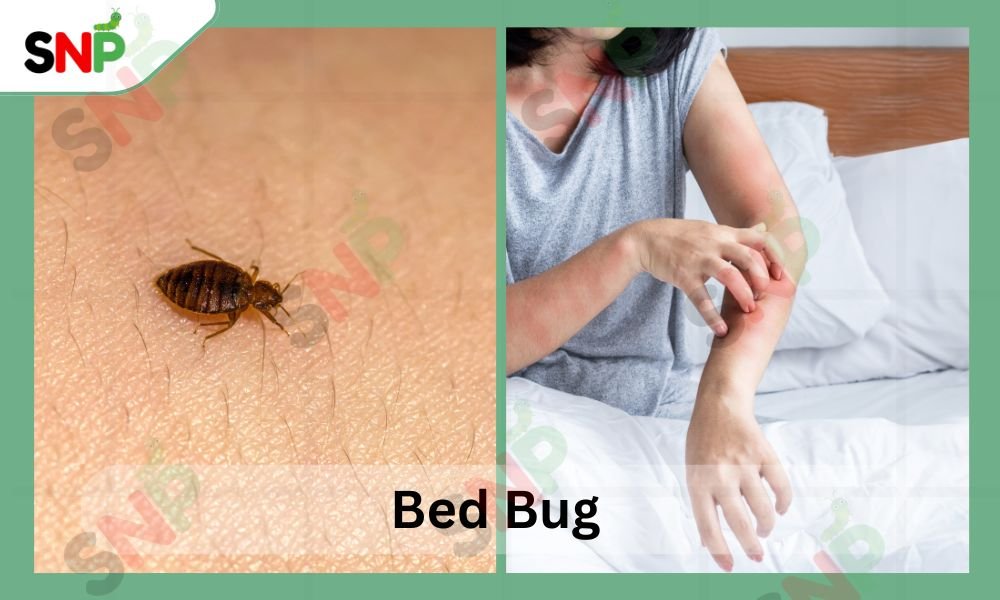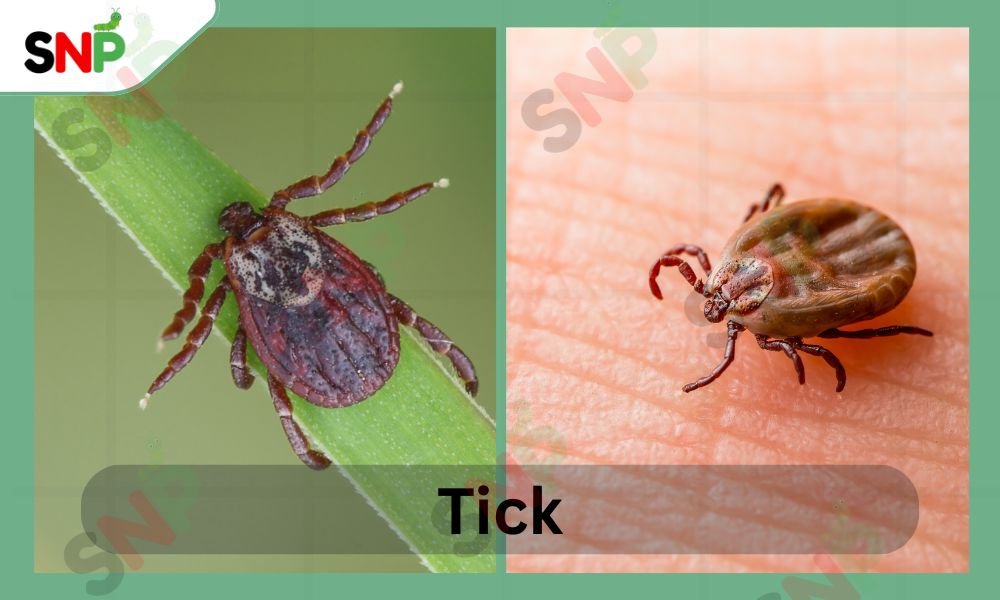Bed Bug Vs Tick: Hidden Dangers at Home

Bed bugs and ticks both are disgusting creatures. They suck the blood out of your body and can be very dangerous to you. They are totally different in the ways they live, the health threats they pose, and the ways in which they can enter your home. The hot topic of the bed bug vs tick dispute is usually started by pet owners. However, to be safe from the itchy bites and diseases that bed bugs and ticks can cause is to understand their unique characteristics.

Tick vs. Bed Bug: How to Know If It’s a Tick or a Bed Bug
The physical appearances of these pests show that at a distance, they are similar in size, both wingless, and round. But after close examination, the differences are clear to see:
- Size and Shape: The common bed bug measures 4-5 mm in length ( apple seed), is elongated, and flattens out.
Ticks are usually smaller, around 3-5 mm, but when they get bloated with blood, their size can be triple and reach 10 mm. Right after feeding, the ticks become swollen, whereas the bed bugs still look somewhat thin.
- Color: Bed bugs change from red or brown and become more transparent after they have swollen up due to the blood. Ticks are initially brown or dark brown, but when they feed, they may become grey or light red.
- Legs: Insects have six legs, which is true of the bed bug, while ticks have eight legs.
- Movement: One of the more basic ways of identifying them is that bed bugs search for a host that they can suck blood from, sometimes, they roam around without the host even realizing it. Ticks, on the contrary, remain in a passive state known as “questing,” where they simply lie in hiding on leaves and appears not to be moving.
If you see a bug with eight legs and a round inflated body hanging onto your dog, it is probably a tick. If the bug is flat, the color is red-brown, and it is seen under your bed, then most likely it is a bed bug.
A Guide on How to Distinguish Tick Bites vs Bed Bug Bites

Both bugs can cause irritated and itchy marks, but their appearance, effects, and ways of transmission differ:
Bed Bug Bites-
- These are usually small, red, and itchy spots that are frequently in lines or groups on the skin that is exposed, e.g. arms, neck, or back.
- Bed bugs prefer to bite the same place several times, usually at night, after what they go back to their shelters.
- Bed bug bites are certainly very uncomfortable and sometimes can cause allergic reactions to humans or pets.
- However, they are still the non-carriers and not the source of diseases to the man and pets.
Tick Bites:
- Ticks adhere to the host’s skin and suck blood there for more than one day.
- Afterward, the bite is first quite unexpressed and people do not feel anything but the tick continues to adhere.
- If the tick brings a disease, the symptoms will probably appear later as a spot or sore area, fever, or muscle and joint aches.
- The following are common diseases caused by tick bite-
- Lyme disease
- Rocky Mountain spotted fever
- Anaplasmosis
- Ehrlichiosis
- Ticks-thus posing a greater health risk than bed bug bites.
Real-life example: Imagine your dog is continuously rubbing behind the ear. Your search reveals a tick that has anchored. This is a common sign of tick bite. On the contrary, a person who wakes up with a sense of itching, crosses over the arm, with small reddened hives, and this may be a sign of bed bug bites.
The Places They Live and the Signs of an Infestation
Knowing the environment where these bugs can be found and their penetration into your house will aid you in taking preventive measures:
Bed Bugs: These are some of the most common pests that are found in the house and they are mostly found indoors and can be found in the folds of the mattress, the bed frame, the furniture, behind the wallpaper or the socket when they are not draining their food sources by feeding on humans. Bed bugs are nighttime insects and only come out at night to feed.

Ticks: Ticks are commonly found in grass or woods. A very common way for ticks to get onto people and pets is through hikes in the mentioned environments. Ticks may choose to travel indoors by most commonly clinging on the clothes of people or the fur of animals. Ticks do not colonize indoors like bed bugs do, but they may still be present in household spaces. They can attach themselves to animals or be hidden in pet beddings.
- You will find ticks on your pet’s fur around the ears, neck, and underbelly.
- Ticks on your own skin or clothing after being outdoors.
Note- While it’s almost always a bed bug if it’s found in your bed! Ticks usually are on the pets or humans.
Conclusion: Bed Bug vs Tick
The difference between bed bug vs tick is critical to the well-being of both owners and pets. Bed bugs, at the most, cause itchy bites. However, they do not spread diseases. But Ticks transfer dangerous bacteria and viruses to humans and animals. Therefore, it is important to know their habits. It will help recognize early warning signs to make your home safe, healthy and pest-free.
Related Posts
Bed Bug Gestation Cycle: User friendly Guide.
Bed bugs are tiny, nighttime insects whose infestations may get severe when promptly not addressed. Their reproduction and development are very important in order to control the problem. The Bed Bug Gestation Cycle, the way of the eggs developing, hatching, and passing to further stages of life, is one of the keystones of that picture. […]
Bed Bug Egg Gestation: An Ultimate Guide for You!
Among the most important factors that a homeowner can fail to observe when dealing with bed bug egg gestation is the time that the eggs of the bed bugs require to hatch. Understanding when the bed bug eggs hatch under various conditions will assist you in mapping out effective treatment, tracking progress and averting a […]
Bed bug Life Cycle Timeline:Tips to know this in Effective Manner
To put the brakes on this undesirable pest, it is important to understand the bed bug life cycle timeline of the bed bugs. As a homeowner, it is important to know how the bed bugs develop, that is, starting with the eggs to adults, to enable you to take specific action. We will cover every […]
Quick Link
Services
